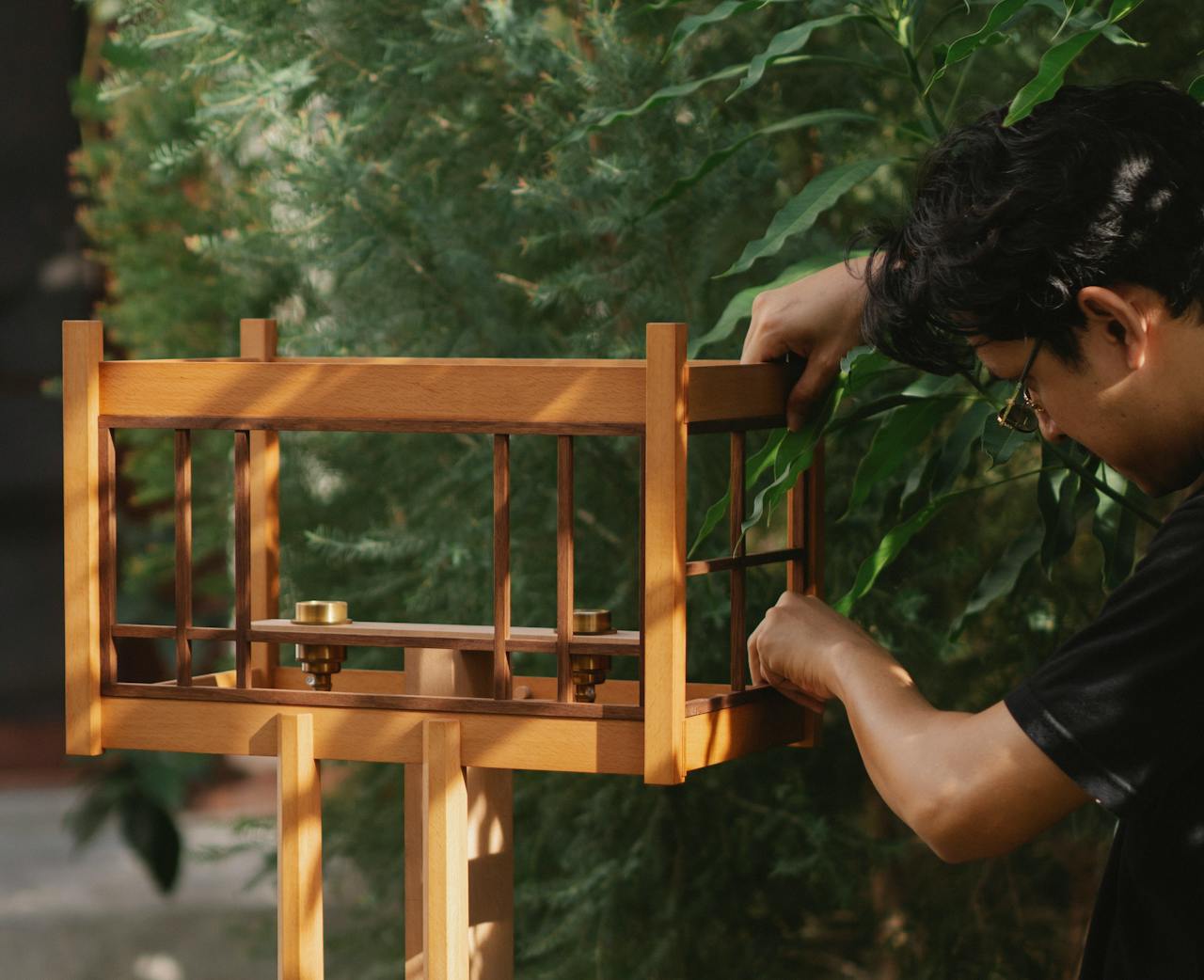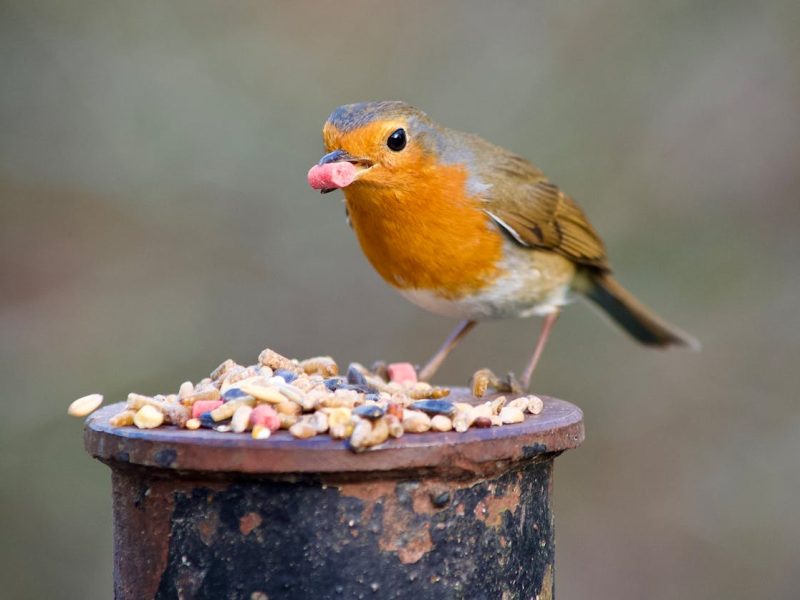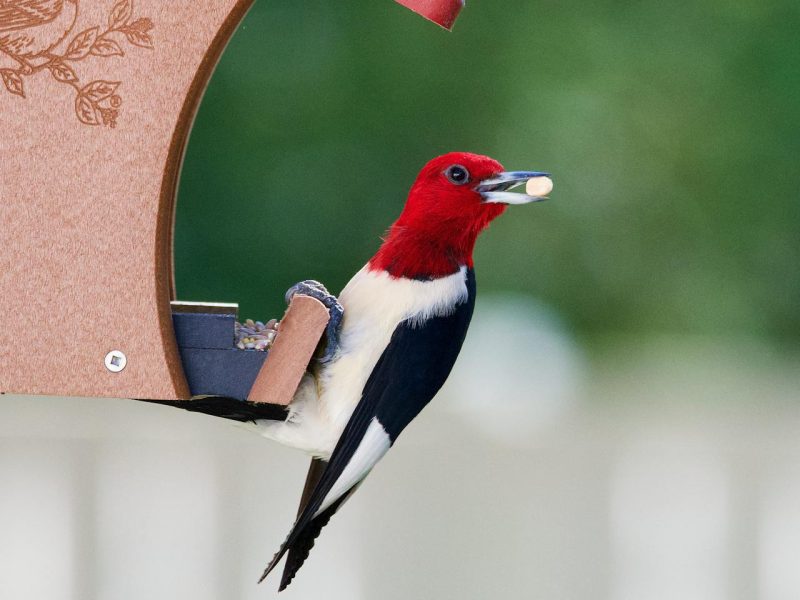Have you ever watched birds flit from branch to branch, chirping merrily? Their vibrant colors and lively antics can brighten any day. But have you considered setting up a bird feeder to attract these feathered friends closer to home?
A bird feeder serves a simple yet profound purpose – to provide supplemental food for wild birds. This may seem like a small gesture, but it can significantly impact the lives of our winged neighbors.
Supporting Nature’s Rhythms
Birds are incredible creatures, perfectly adapted to the natural world’s rhythms. However, human activity has disrupted many of their habitats and food sources. Urbanization, deforestation, and climate change have made it increasingly difficult for birds to find adequate nourishment, especially during harsh winters or extended dry spells.
By offering a reliable food supply through a bird feeder, we can help mitigate these challenges. It’s like setting up a tiny avian diner, ensuring our feathered friends have a dependable place to refuel and sustain themselves through tough times.
Fostering Biodiversity
Beyond supporting individual birds, bird feeders contribute to fostering biodiversity in local ecosystems. A well-stocked feeder can attract a diverse array of bird species, each playing a vital role in the intricate web of life.
From insect-eating warblers to seed-loving finches, every bird species helps maintain a delicate ecological balance. By providing them with supplemental food, we encourage their presence and support the overall health of our natural environments.
Bringing Nature Closer
One of the most delightful aspects of having a bird feeder is the opportunity to observe and appreciate these magnificent creatures up close. Imagine sitting by your window, sipping a warm beverage, and watching a vibrant cardinal or a cheerful chickadee just a few feet away.
I find immense joy in these simple moments, where the boundaries between our human world and the natural realm seem to dissolve. It’s a reminder that we share this planet with countless other species, each with its unique beauty and purpose.
Educational Opportunities
Bird feeders aren’t just for adults; they can be excellent educational tools for children as well. Watching different bird species visit the feeder can spark curiosity and teach kids about the wonders of the natural world.
As a child, I remember being fascinated by the colorful visitors to our backyard feeder. My parents would help me identify the different species, and we’d eagerly await the arrival of new feathered friends. Those early experiences fostered a lifelong appreciation for nature and its diverse inhabitants.
Connecting with Community
Setting up a bird feeder can also be a way to connect with your local community. Many neighborhoods and towns have bird-watching clubs or groups dedicated to encouraging and supporting backyard bird feeders.
Sharing sightings, swapping tips, and participating in citizen science projects can create a sense of camaraderie and contribute to a broader understanding of local bird populations. It’s a hobby that transcends age and background, bringing people together through a shared love of nature.
Choosing the Right Feeder
Now that you understand the purpose of a bird feeder, you might be wondering how to choose the right one. There are various types of feeders available, each designed to accommodate specific bird species and their preferred foods.
For example, tube feeders are excellent for attracting smaller birds like finches and chickadees, while hopper feeders are better suited for larger birds like cardinals and jays. Suet feeders cater to insect-eating birds like woodpeckers and nuthatches.
It’s also essential to consider the placement of your feeder. Ideally, you’ll want to position it in a location that’s visible from your home but also provides some nearby cover for birds to feel safe from predators.
Responsible Feeding Practices
While bird feeders can bring immense joy and benefit to our feathered friends, it’s crucial to practice responsible feeding habits. This includes:
- Keeping feeders clean and free from mold or spoiled food.
- Providing a variety of high-quality seeds, nuts, and suet.
- Ensuring a freshwater source is available nearby.
- Removing old or moldy food regularly.
- Cleaning and disinfecting feeders periodically.
By following these simple guidelines, you can ensure that your bird feeder is a safe and welcoming oasis for your winged visitors, rather than a potential source of harm.
A Simple Act, A Profound Impact
In the grand scheme of things, setting up a bird feeder might seem like a small act. But the ripple effects of this simple gesture can be far-reaching.
By providing supplemental food for wild birds, we help sustain their populations, promote biodiversity, and create opportunities for education and connection. It’s a tangible way to give back to nature and foster a deeper appreciation for the incredible creatures with whom we share this planet.
So, why not consider setting up a bird feeder in your backyard or community space? You might be surprised at the joy and wonder it can bring, not just for the birds but for yourself and those around you as well.
After all, in a world that often moves too fast, taking a moment to pause and appreciate the simple beauty of a bird perched at your feeder can be a profound reminder to slow down and embrace the natural world’s wonders that surround us.



